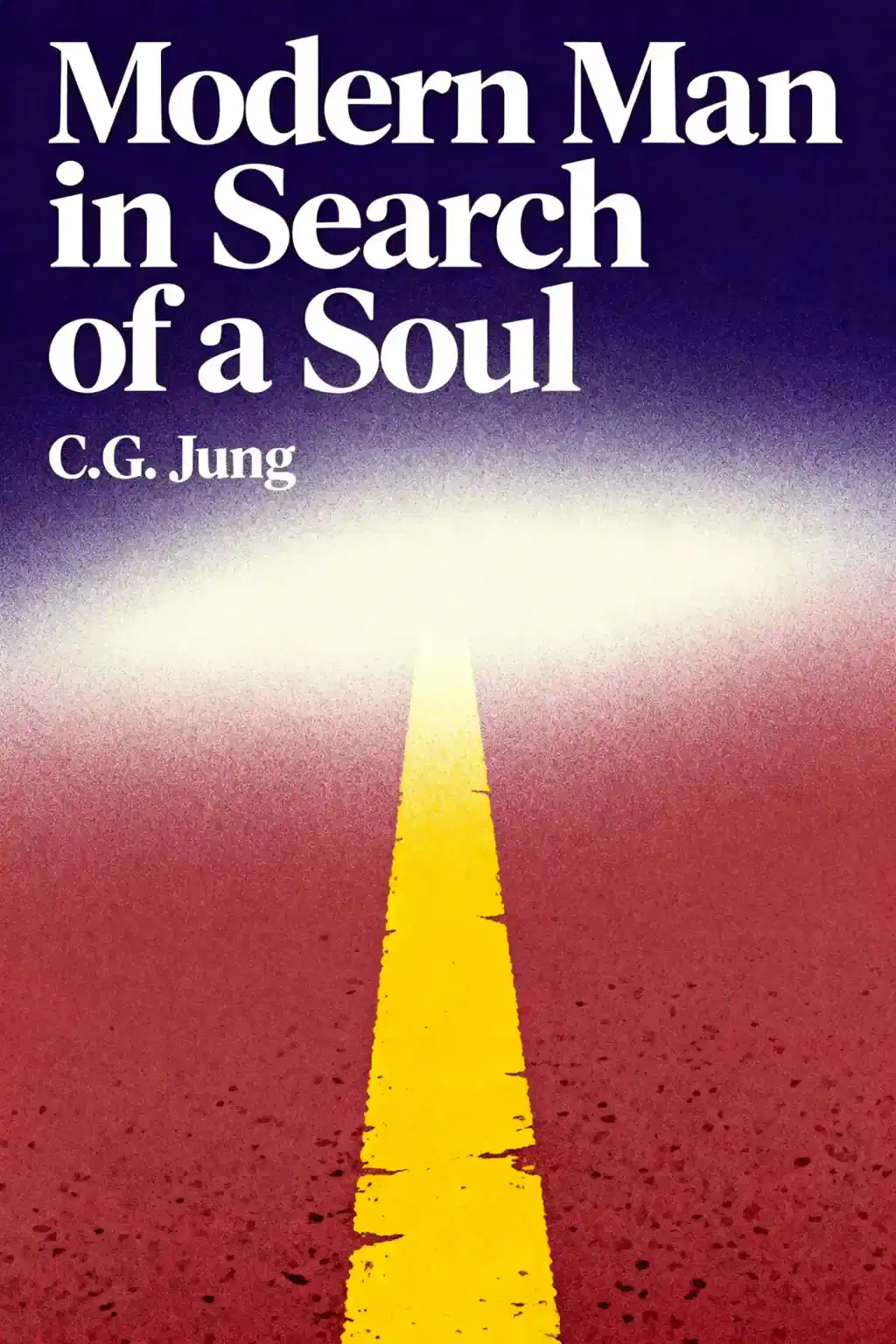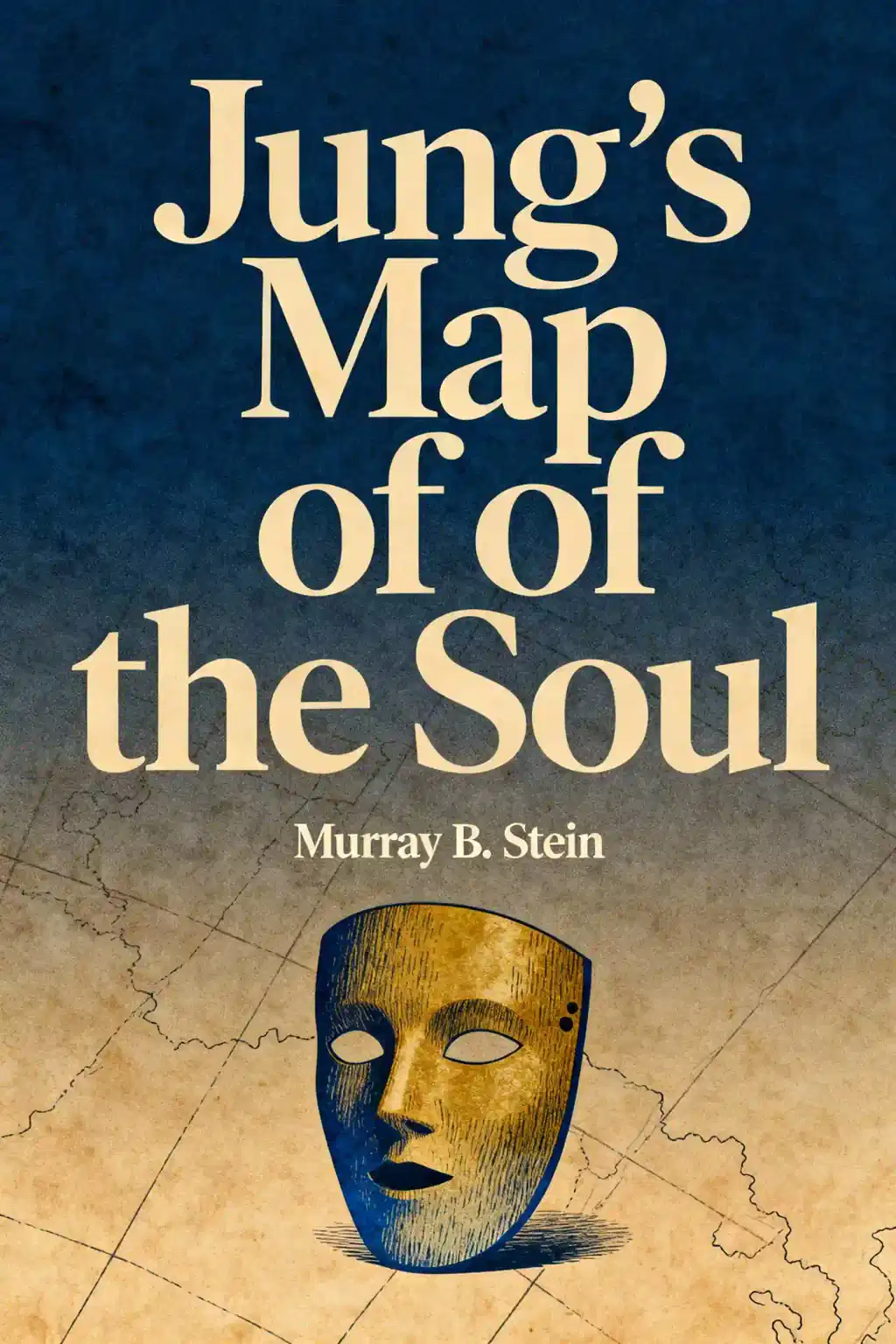What is
Man and His Symbols by Carl Jung about?
Man and His Symbols explores Carl Jung’s theory of the unconscious mind, emphasizing how symbols in dreams and myths reveal universal archetypes shared across humanity. Jung argues that understanding these symbols bridges the gap between conscious and unconscious realms, fostering self-realization and psychological wholeness. The book critiques Western society’s over-reliance on rationality, advocating for integration of the "shadow" and "anima/animus" to resolve internal conflicts.
Who should read
Man and His Symbols?
This book is ideal for psychology enthusiasts, spiritual seekers, and anyone interested in dream analysis or self-discovery. Jung’s accessible writing style makes complex concepts like archetypes and the collective unconscious approachable for both academic and general readers.
Is
Man and His Symbols worth reading?
Yes, it’s a cornerstone of analytical psychology, offering timeless insights into human behavior and symbolism. Jung’s final work, completed days before his death, provides a comprehensive overview of his theories, enriched by contributions from his closest collaborators.
What is the "collective unconscious" in
Man and His Symbols?
The collective unconscious refers to innate, universal psychic structures (archetypes) shared by all humans, such as the Hero or the Shadow. Jung posits that these archetypes surface in dreams, myths, and art, shaping human behavior and cultural narratives across societies.
How does Jung define the "shadow" in the book?
The shadow represents repressed traits, fears, and desires buried in the unconscious. Jung urges readers to confront and integrate this dark aspect to achieve psychological balance, warning that ignoring it leads to neuroses and existential dissatisfaction.
What role do dreams play in
Man and His Symbols?
Dreams are the unconscious mind’s primary communication tool, using symbols to reveal unresolved conflicts or guidance. Jung interprets them as personalized roadmaps for individuation—the process of becoming one’s authentic self.
Why does Jung critique Western civilization in the book?
Jung argues that Western society’s obsession with rationality has alienated individuals from their unconscious, causing anxiety and spiritual emptiness. He contrasts this with Eastern philosophies that honor intuitive and symbolic thinking.
How does
Man and His Symbols explain the "anima" and "animus"?
The anima (feminine energy in men) and animus (masculine energy in women) represent counter-gendered aspects of the psyche. Jung views embracing these archetypes as vital for emotional maturity and harmonious relationships.
What is the process of "individuation" in Jung’s work?
Individuation is the lifelong journey of integrating conscious and unconscious elements of the psyche to achieve self-realization. Jung illustrates this through case studies, showing how confronting archetypal symbols leads to psychological wholeness.
How does
Man and His Symbols use mythology?
Jung and his collaborators analyze myths as expressions of universal archetypes. For example, hero myths symbolize the ego’s struggle to overcome the shadow, reflecting humanity’s shared psychological struggles.
What makes
Man and His Symbols unique among Jung’s works?
It’s Jung’s only book aimed at a general audience, written in plain language and richly illustrated. Co-authored with his protégés, it synthesizes his decades of research into a cohesive guide for understanding the unconscious.
Why is
Man and His Symbols still relevant today?
Its insights into symbolism, mental health, and societal disconnection resonate in modern contexts like AI-driven alienation and existential anxiety. The book’s focus on self-awareness offers tools for navigating contemporary psychological challenges.














